An Introduction To Water Kefir
There are some people that might not have heard of water kefir before. Kefir, yes, but water kefir? In case you don’t know what it is, it is a probiotic beverage. It’s not made with milk like the other kefir you might know, but with water grains. These water grains can be used to culture your sugar water, juice, or coconut water for instance. The fantastic benefit of it is that it is so easy to make and will benefit you because of all the health benefits. Water kefir grains consist of yeast and bacteria so the word ‘kefir grains’ is more from how the culture looks. Water kefir doesn’t really contain any grains in it such as rye or wheat. If you plan on buying it, you get water kefir grains and you also get powdered kefir culture. They have 3 differences:
- Water kefir grains contain a larger number of probiotics than what the powdered starter culture kefir does.
- If you take care of your water kefir grains, you can use them indefinitely to make your water kefir. Unfortunately, the powdered starter culture can only be reused for a few batches before it stops culturing.
- The powdered kefir starter culture might be cheaper initially than the water kefir grains are, but you have to continually buy new culture with the powdered kefir.
Make your own water kefir
The ingredients that go into making water kefir grains are just filtered water and organic sugar. Also, water kefir has fewer strains of yeasts and bacteria than the milk kefir does. But on the other hand, the water kefir grains contain more bacteria and yeasts than buttermilk or some yogurts do, for instance. The probiotics can vary with each batch that you make with the water kefir grains. Look at this list of yeasts and bacteria that are found in water kefir grains.
For some people who are allergic to dairy, the water kefir makes a good alternative. Water kefir doesn’t contain any dairy because it is grown in organic sugar and filtered water. Neither does water kefir contain any gluten. The wonderful thing about water kefir, like dairy kefir, it is reusable. Once your batch of water kefir is finished culturing, you simply remove the water kefir grains, placing them in fresh sugar water. Instead of the sugar water, you can use organic juices or coconut water as well. Even though water kefir is reusable, it is actually not really advised to use juices or coconut water, because it could be a bit hard on the water kefir grains, especially if you only have one set of water kefir grains.

The powdered kefir starter culture can be used a few times too, but only a few times before you must buy more. Here it is shown how you can make your kefir with a starter culture.
If you care for your kefir properly the water kefir grains can last for a very long time; actually, an unlimited time period, being used repeatedly to make the water kefir. The kefir made with the powdered kefir culture, as illustrated above, can be used about two to seven times, but the exact number that you get from successive batches will ultimately depend on how fresh the kefir is and also how hygienic the whole practice of preparing the kefir is.
How do I make water kefir?
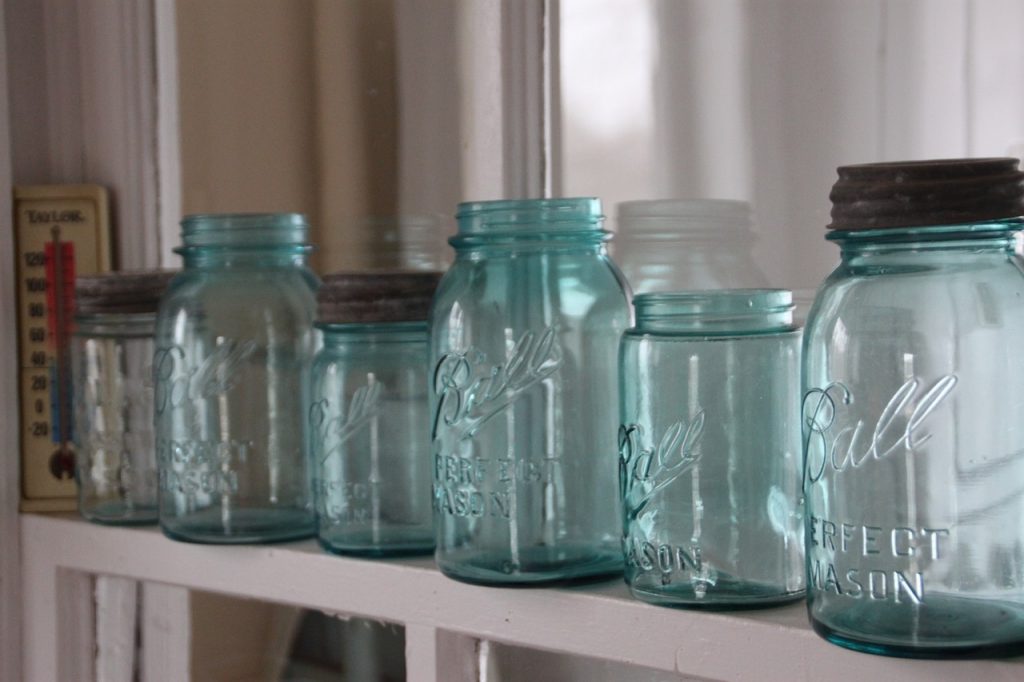
- You can make water kefir by using a starter culture or if you have reusable water kefir gains. You can find a video about how to make water kefir using the activated kefir grains, and a recipe for the starter culture.
- It is advisable that for the water kefir grains, you take from 3 to 4 days before you need to move the water kefir grains to fresh sugar water. You shouldn’t go past four days because the grains will starve if they are not supplied with their fresh food.
- It is not recommended either, that you drink the rehydration liquid because the water kefir grains spent most of their time rehydrating and not consuming the sugar. So if you drink the rehydration liquid, it’s going to contain a lot of sugar. In any case, you might see that the sugar water taste is not that pleasant to drink because the whole rehydration process also involves the yeast and bacteria rebalancing.
- It will take around 24-48 hours to culture your water kefir grains. But the precise time will depend on things like the environmental factors and particularly the temperature at which your grains are being cultured in. If you do allow your water kefir grains to culture for longer than 48 hours, you put them at risk of starving, potentially even damaging them.
- Some people wonder if their house is colder, will they still be able to culture water kefir. Many homes do maintain cooler temperatures, and particularly in winter time. But here are some tips on how to keep your culture in the right temperature range, because it can be done.
- If you have been successful in culturing your water kefir grains, you will notice that the resultant water might be lighter in color, even look cloudy. Also, the flavor might not be as sweet and even have a kind of tangy, tart, sour type of flavor and aroma. If you think your water kefir doesn’t look good, or smell good and tastes ‘unacceptable’, it is not recommended that you consume it.
- The taste of water kefir that is ready to be consumed will vary quite a lot. This will depend on the sugar that was used as well as the culturing time. It can be pretty sweet, the water, and may even have a flat taste unless you bottle it. Many people just prefer to add flavoring to their water kefir before they drink it.
- Bottled water kefir needs to be refrigerated. This is how you will do it:
- Room temperature (68°-78°F): 3-4 days
- Refrigerator (40°-45°F): 2-3 weeks
- Freezer (0°-25°F): 1-2 months (can be a bit longer)
- If you are wondering how much kefir grains you need to start culturing, then, say, 1-2 quarts of water kefir will need 3 or 4 tablespoons of hydrated water kefir grains. You don’t need to rinse the grains in-between making your new batches because in any case, if you did rinse regularly, it could be detrimental to their health. Every time you make a new batch of water kefir though, you need to have a clean container. It is not a good idea to use plastic bottles to store your kefir. It is recommended that you use glass when you work with starter cultures because often plastic bottles have the capacity to drawn in undesired chemicals and you don’t want that.
Flavoring your water kefir
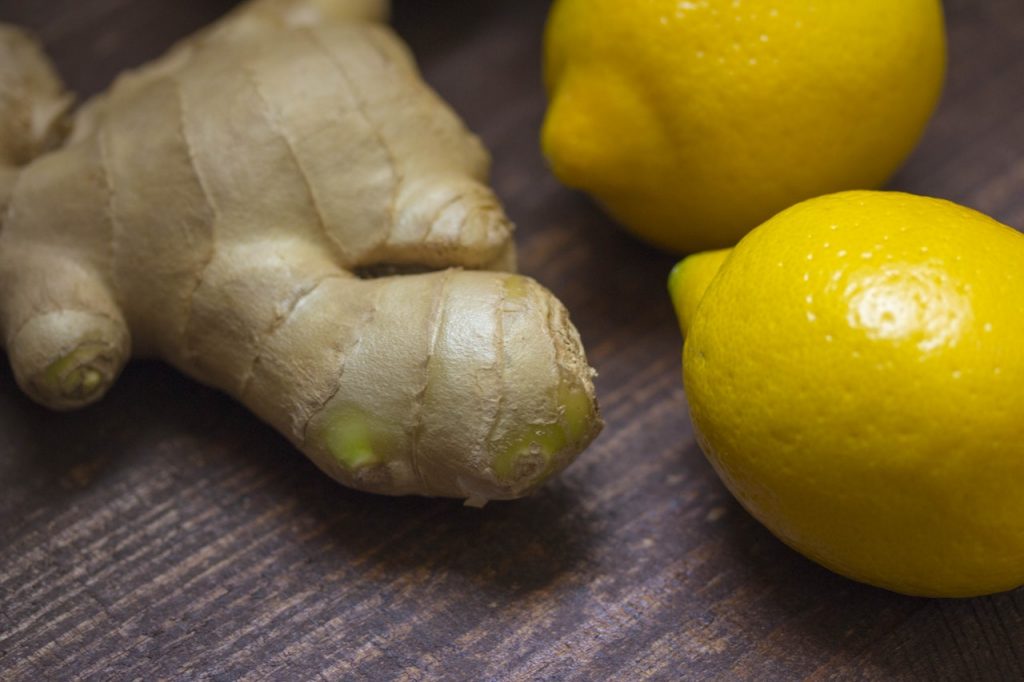
- There are many, many ways of flavoring water kefir. There is, for example, the ginger flavored one which is very popular. Remember that it is not recommended that you add the flavoring or fruit for instance to the water kefir with the grains. Some of the fruits and flavorings could damage the water kefir grains. There are some fruit juices, however, which can be used to make your water kefir. But then, using the water kefir grain in juices and then moving them over to the sugar water might end up in water kefir that tastes unpleasant. It is rather recommended that you maintain 2 sets of water kefir grains instead, one for the sugar water and one for the juices. Otherwise, you could use juice as a flavoring after the grains have been removed.
- Coconut water is another popular flavor, used to make water kefir. Before you get started, make sure that the grains are completely hydrated and have been cultured in the sugar water for a minimum of 3 weeks before you use the coconut water. You can alternate sugar water batches with coconut water batches to keep the grains healthy. People have asked if using honey is OK for making water kefir, but it is not really recommended at all.
What water needs to be used?
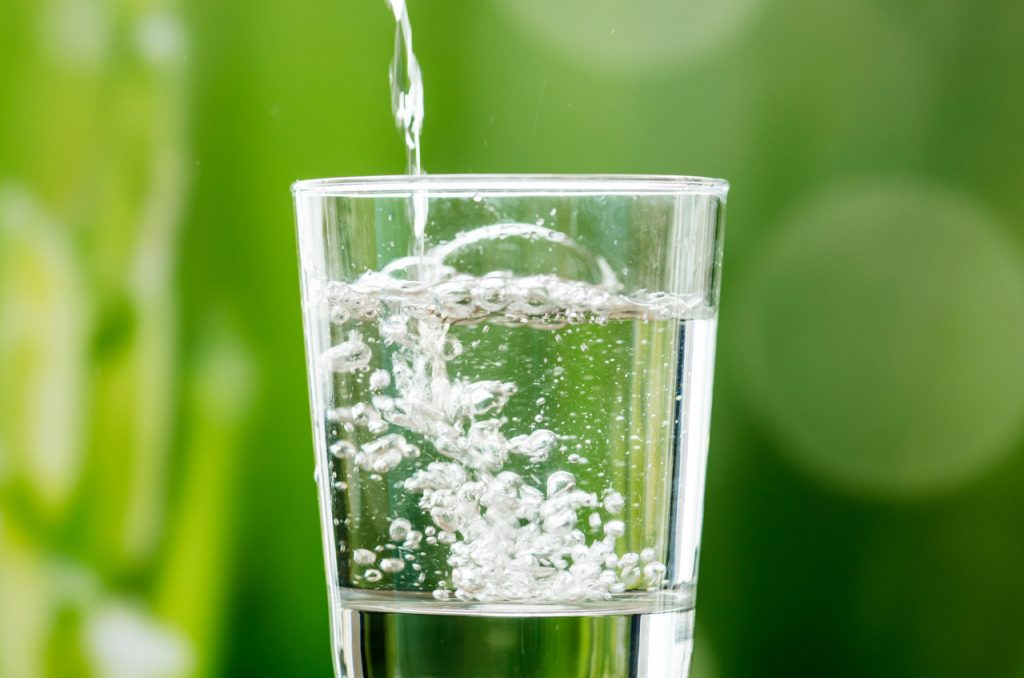
- When making water kefir, people always ask, “Should I just use ordinary tap water to make water kefir”? But preferably use water that is as free from contaminants as it can possibly be, simply for the health of the water kefir grains.
- The quality of municipal water will vary, as will the quality of well water and spring water. Water used for culturing water kefir will come from different sources. The home sources such as well water or municipal water could very possibly contain certain chlorines and fluorides in it. Some well water is high in minerals which make it good for making water kefir. Then you get spring water which comes out the ground and which is high in minerals. Tap water could even be glacier water, river water, or water that is collected in certain ways. You get “hard” water too, and “soft” water which can prove a problem for some cultures. Bottled water that you get in plastic bottles is available everywhere, but you need to check the labels too because it can be spring water which has been bottled at the source or water that comes from streams or rivers; or even municipal tap water. Then there is distilled water too; completely purified water, containing no chemicals and no minerals.
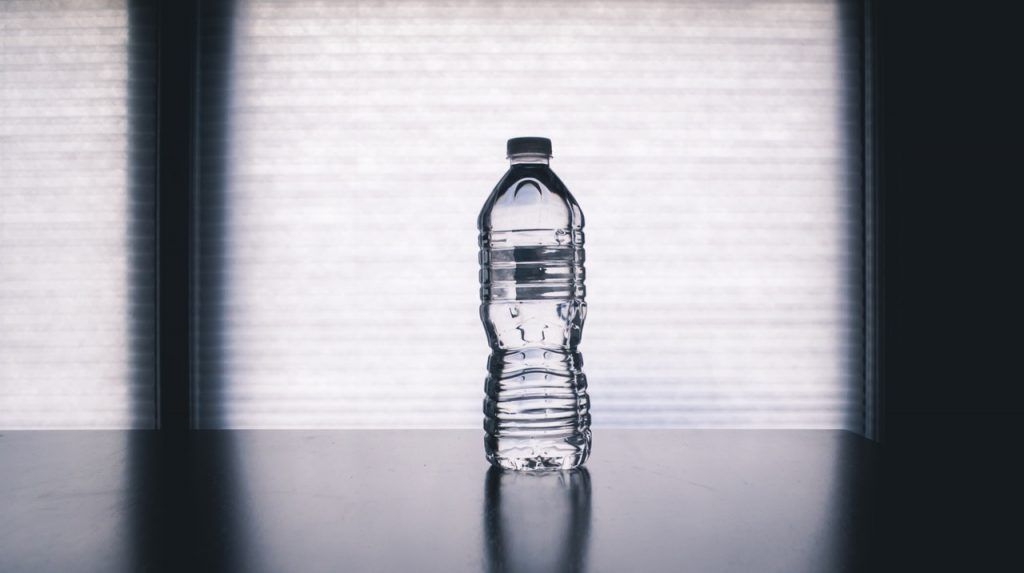
- Many of these different water methods might require that you treat the water, such as boiling it or aerating it before use. But here is further information to help you choose the best water sources and the ingredients so that you know what is best when you make your water kefir, your kombucha, and your vegetables too.
- The water and the sugar you use to make your water kefir can definitely impact on the flavor and carbonization levels and can go so far as to affect the water kefir grains health. There are heaps of reasons too, why each batch of water kefir can be different:
- If it’s too sweet or too flat, it might need a different sugar
- If the water kefir grains don’t seem to be active, you might need different sugar and water combinations or a mineral supplementation
… And so on.
What is the right sugar to use?
- First of all, always read the label on the sugar when you make your water kefir. Because some sugars will have anti-cake additives in or other ingredients that can easily affect the health of the water kefir grains. Choose plain sugar with no other ingredients for optimum results.
- When making your water kefir, there are different types of sugar that have been used to make it. It is not recommended that you use honey or molasses and even sugar substitutes like Splenda, monk fruit, stevia, or agave, because they can damage the water kefir grains and not provide them with the right kind of ‘food’ needed for them to survive.
- If you are making your water kefir using juice, you don’t need to add in sugar because there should be enough sugar in the juice for the water kefir grains to feed on.
- When your water kefir has finished culturing for the 48 hours or so, the remaining sugar water left will vary. This will depend on the ingredients that have been used as well as your culturing conditions. But it makes sense to say that water kefir that has been cultured for 48 hours will result in less sugar over than water kefir that has been cultured for 24 hours under similar conditions.
Naturally, water kefir has benefits to your health

Even though these haven’t been fully documented, there are several sources that claim how water kefir helps with everything from obesity, eczema, and psoriasis, ulcers and more. Water kefir helps the intestinal flora to stabilize and metabolize foods even better.
It’s a Probiotic
First of all, it’s a probiotic and we all know that probiotics are good bacteria that help to keep your digestive system healthy. The digestive system must surely be one of the most important parts of your body because the body is desperate for good nutrients from food and drink in order to work properly and to keep you healthy. The digestive system has the job of breaking all those nutrients into small enough parts so your body can absorb the nutrients for growth and cell repairs. Even though water kefir is not considered as strong as kombucha, nevertheless, it contains a bigger number of bacterial strains than kombucha does. All the good bacteria found in water kefir will help you with digesting your food, preventing allergies, boosting your immune system, and generally keeping your body in good condition. All the probiotics found in fermented foods such as water kefir will boost your immune system no end. What that equates too is that you won’t get sick as much as you would have!

It’s Easy
- Not only is it easy to make but it’s such a cheap way of keeping healthy. You simply buy your water kefir grains once, and then use them time and time again. See how versatile that is – and it allows you to customize your flavors to suit what you and or family needs.
- Lots of people who are addicted to soda drinks find that drinking water kefir has kicked them off the habit. Apart from producing dozens of healthy probiotic bacteria, gasses are also sent into the water, which carbonates the water, giving you the perfect base for your ‘soda’ drink, your healthy soda drink!
Allergies
Reports show that seasonal fall allergies seem to drop to almost zero when water kefir is drunk every day. You will soon notice how well it works for allergies when you leave it out of your diet on a daily basis!
Your skin benefits too!

Some people have been heard to wash their faces in water kefir too. The results received are that of a smooth, glowing and soft skin.
You can say that all the wonderful health benefits that you receive from drinking organic yogurt, milk kefir, and kombucha – you can expect to receive from water kefir too.
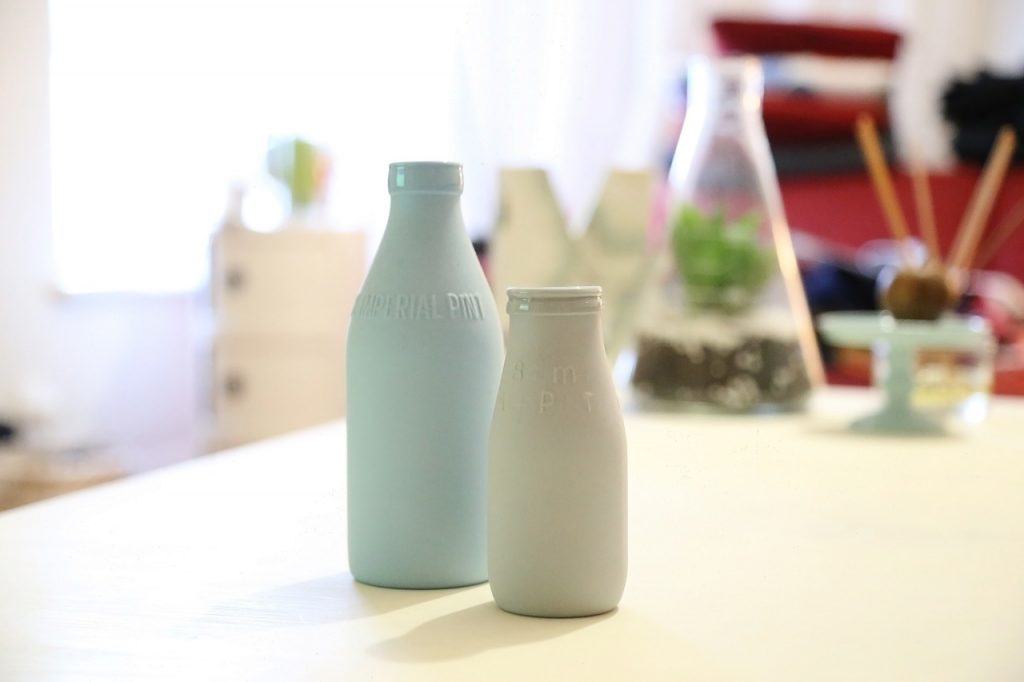
Why is fermentation so full of health benefits?
- Sauerkraut, alcohol, kimchi, kombucha, cheese, and yogurt – these are just a few products that would not be what they are without fermentation. Fermentation is a natural chemical process, where sugar is converted into alcohol and carbon dioxide. This practice is thousands of years old. It allowed foodstuffs to be stored for months on end at room temperature, without the use of a refrigerator. One huge reason foods were fermented was because of health. It is because fermented foods offer aid to the stomach, protecting it from harmful bacteria. Lab studies prove that good bacteria from probiotics are what prevent animals contracting E. coli and salmonella.
- When we eat fermented foods, we are being easy on our stomach, which makes for better absorption of nutrients. Bear in mind that one is able to ingest heaps of nutrients, but unless our body can absorb them, they become useless to us, like cabbage – it is very rich in nutrients, but in its raw form, it is quite difficult to digest and can cause gas. But when it is fermented in the form of kimchi, it becomes so much easier to digest, making it easy for us to assimilate all those vitamins, polyphenols, and antioxidants. Kefir, yogurt, and cheese also lose a lot of their lactose in fermentation, making for easier digestion.
- Fermentation is active in creating highly detoxifying and energizing vitamins, like omega-3 fatty acids, digestive enzymes, B complex vitamins, and immune system-enhancing beta glucans. A byproduct of fermentation is glutathione, a leading free radical scavenger for our brains. See what health problems are improved by eating fermented foods?

- By offering your gut healthy bacteria like L. acidophilus, Bifidobacterium bifidus, L. bulgaricus, your whole digestive system function improves. Something like water kefir will just continue to protect and reproduce in your intestinal walls long after you have consumed food. Conditions such as diarrhea, irritable bowel syndrome, and high cholesterol don’t stand much chance against healthy bacteria offered by water kefir.
- Today, commercially fermented foods lack healthy bacteria benefits because they aren’t made the same. Commercial products made make use of commercial product ingredients, not natural, organic ones. But you can tap into the real health benefits of fermented food by finding places that do use natural organic products. Then your sourdough bread, your kefir, kombucha, and other fermented products will put your health in another league. Your health is all about good bacteria and it is fermentation that puts fire to that bacteria. Start adding water kefir to fire up your life and health.
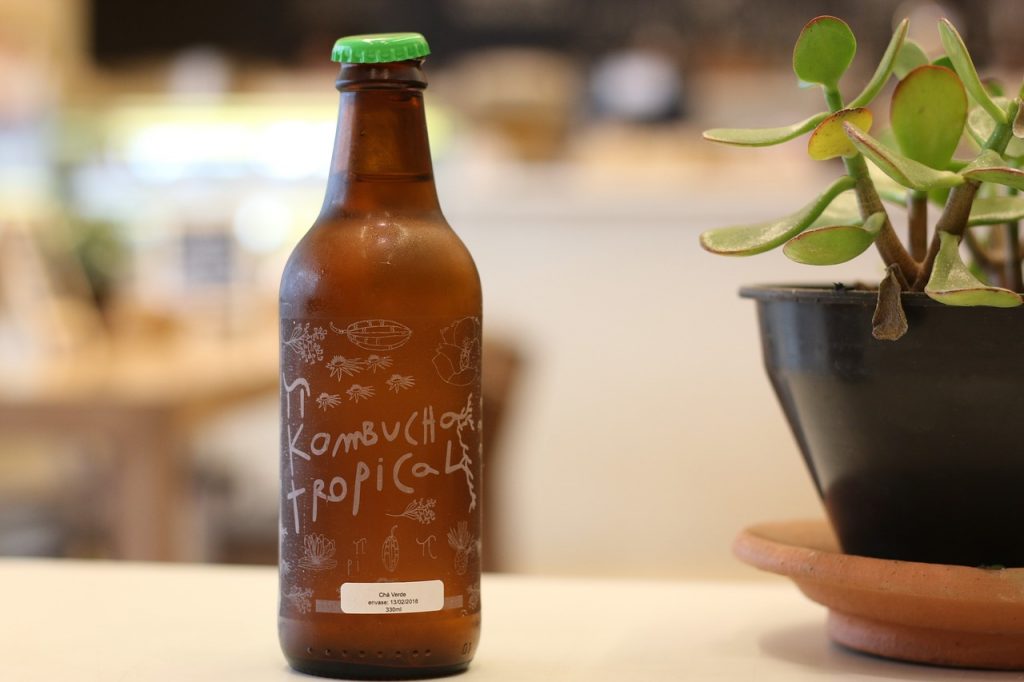





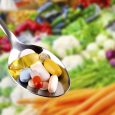



[…] is one of the biggest sources of hidden sugars in our diet. A single can of soda contains a staggering 33g of sugar. However, if you’re used to chugging […]